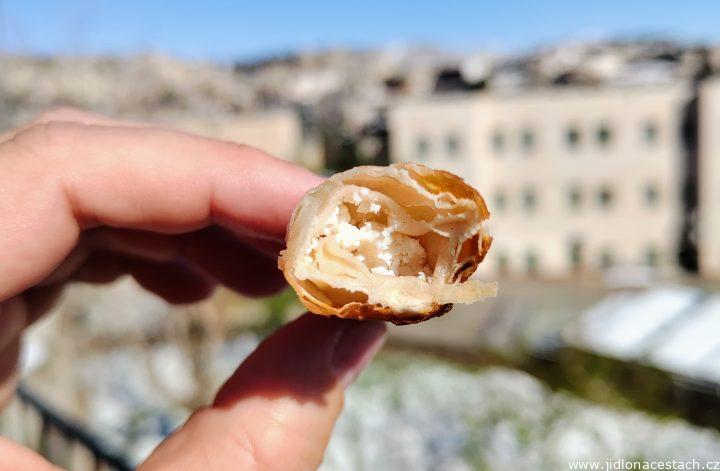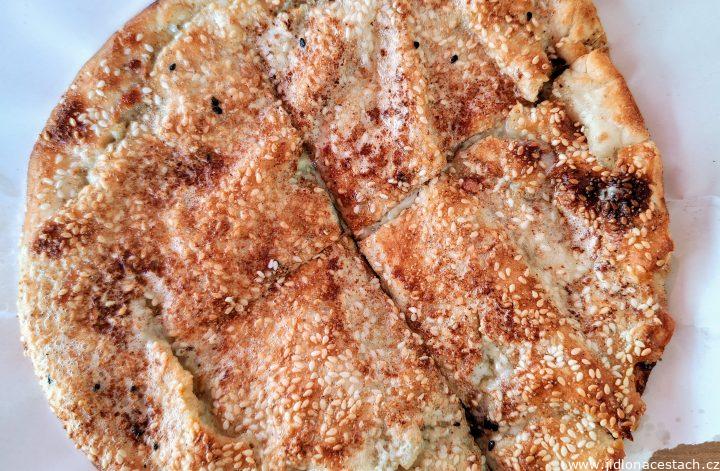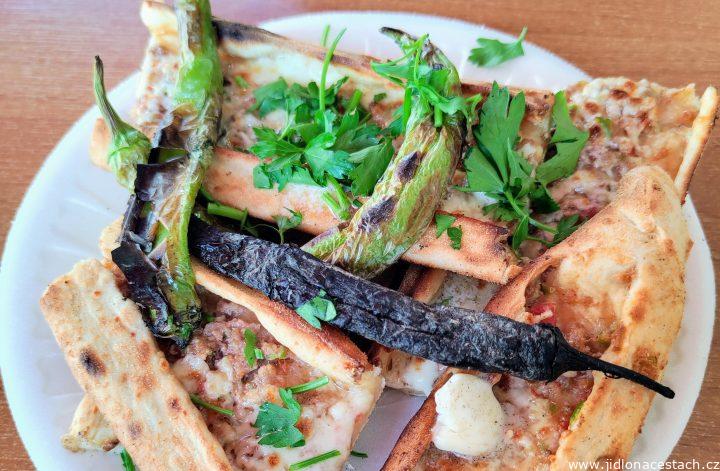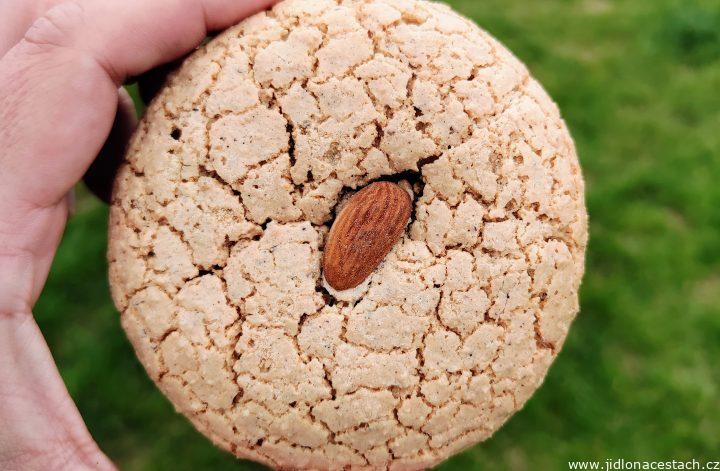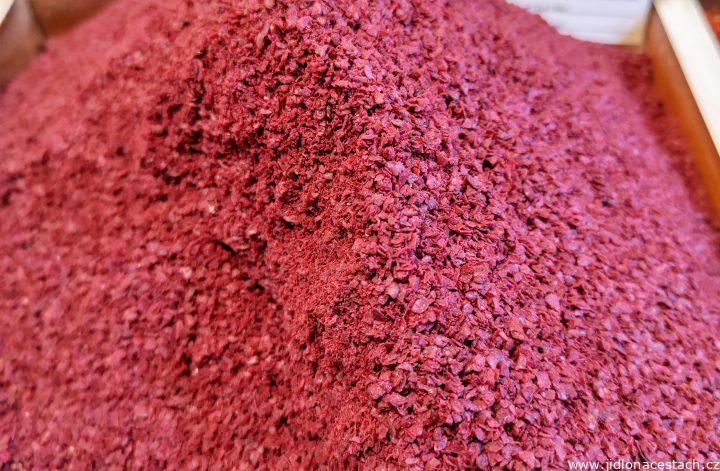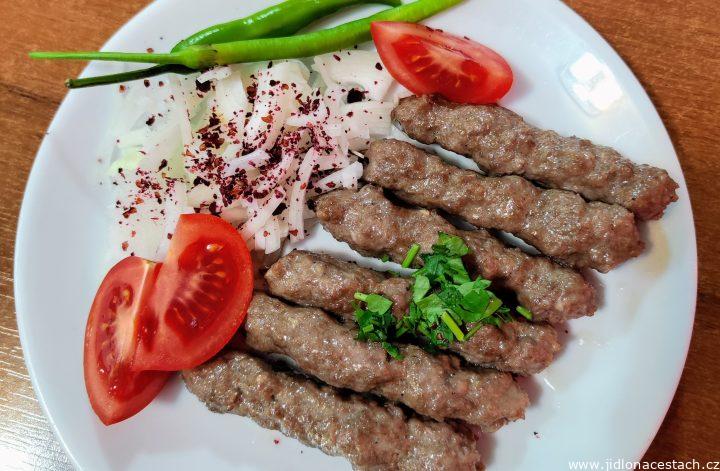Simit is a traditional Turkish pastry shaped like a circle with a hole in the center, sprinkled with sesame seeds. The history of simit dates back to the Ottoman Empire. Its street sale has become an integral part of Turkish culture. Simit is traditionally served with Turkish tea or ayran and is often accompanied by cheese, olives, or tomatoes. Simit is one of the most prominent symbols of Turkish cuisine.
What to Eat in Turkey: Typical Turkish Food and Specialties | Page 2 of 7
Sigara Böreği: Turkish Stuffed Fried Rolls
Sigara böreği are Turkish fried rolls most commonly filled with cheese. They are one of the traditional dishes of Ottoman cuisine. The name "sigara" refers to their shape, resembling cigarettes. They are served hot as an appetizer, snack, or part of breakfast. This simple treat is perfect for cheese lovers.
Kavala Kurabiyesi: Traditional Turkish Almond Cookies from Kavala
Kavala kurabiyesi are traditional Turkish almond cookies from the city of Kavala, now located in northern Greece. They are made from flour, butter, almonds, powdered sugar, and vanilla sugar, with their typical shape being a crescent. After baking, the warm cookies are coated in powdered sugar. They are perfect with coffee or tea.
Yağ Somunu: Turkish Bread Filled with Cheese
Yağ somunu is Turkish bread filled with cheese and optionally other fillings. It is typical of the regional cuisine of the city of Konya. The name means "greasy bread," referring to its preparation with a generous amount of fat spread inside the split flatbread somun. The most common local filling is the moldy cheese Konya küflü.
Mevlana Pidesi: Regional Pide from Konya
Mevlana pidesi is a traditional Turkish specialty originating from the city of Konya. The dish belongs to the category of pide, a type of flatbread similar to pizza. The dish is named after the famous Persian poet and philosopher Jalaluddin Rumi, known as Mevlana, whose tomb is located in Konya.
Maydanoz Salatası: Turkish Parsley Salad
Maydanoz salatası is a Turkish salad made primarily from fresh parsley. In Turkish cuisine, it is most often served as part of meze. It is a simple dish, but if you love dishes like tabbouleh, you will fall in love with maydanoz salatası as well.
Açma: Traditional Turkish Sweet Pastry
Açma is a traditional Turkish slightly sweet pastry. Açma is widely available in bakeries, patisseries, and street stalls across the country. The classic version usually comes without filling, but there are also variations filled with kaşar cheese, olives, or pizza mixture. Açma is one of the symbols of the traditional Turkish breakfast.
Acıbadem: A Traditional Turkish Almond Cookie
Acıbadem is a traditional Turkish almond cookie. It originates from the Ottoman Empire, likely from the Istanbul area, with the first documented mentions of the cookie dating back to the 18th century. Acıbadem is traditionally served with Turkish tea or coffee and can be enjoyed in many Turkish pastry shops or bakeries.
Sumac: Aromatic Spice with a Sour Taste
Sumac, a red spice with a sour, citrus-like character, is made by grinding dried berries of the sumac bush, which grows primarily in the Mediterranean and Middle Eastern regions. The main producers are Turkey, Iran, Italy, and Lebanon. Sumac has a milder and more complex flavor than lemon. In Turkish cuisine, it is an essential ingredient in salads, especially those featuring onions.
Şiş Köfte: Grilled Minced Meat on a Skewer
Şiş köfte is a traditional Turkish dish made from minced meat skewered and grilled over an open flame. It is often served with fresh bread, vegetables, or the bean salad piyaz. Şiş köfte belongs to the broader category of Turkish kebabs.

